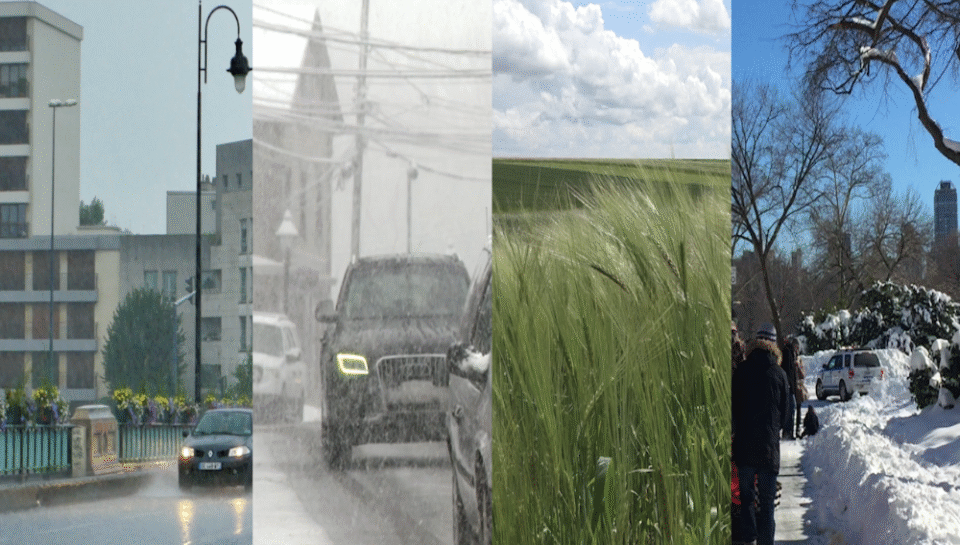
Describe the challenges of designing signs for various weather conditions.
INTRODUCTION
Outdoor signs must withstand a range of environmental conditions while remaining functional, legible, and visually appealing. From intense sunlight and heavy rain to snow, wind, and humidity, weather extremes pose significant challenges for sign designers. Failure to account for these factors can result in damage, faded messaging, and safety hazards. This article outlines the primary challenges of designing signs for various weather conditions and highlights key considerations for durability and performance.
1. SUN EXPOSURE AND UV DAMAGE
Prolonged exposure to sunlight can cause fading, discoloration, and warping. UV radiation deteriorates inks, adhesives, and certain plastics over time. To combat this, designers must use UV-resistant materials, protective laminates, and fade-proof inks to preserve color vibrancy and readability.
2. RAIN, MOISTURE, AND HUMIDITY
Moisture can seep into poorly sealed signs, leading to rust, mold, or material degradation. In humid environments, signs made of wood or untreated metals may swell, rot, or corrode. Waterproof coatings, sealed edges, and moisture-resistant materials like aluminum and acrylic help improve resilience.
3. WIND RESISTANCE AND STRUCTURAL INTEGRITY
Strong winds can topple, bend, or tear signage—especially large banners or freestanding displays. Designers must account for wind loads by using reinforced frames, aerodynamic shapes, secure mounting systems, and flexible materials that reduce drag and strain.
4. TEMPERATURE EXTREMES
Fluctuating temperatures can cause materials to expand and contract, leading to cracks, peeling, or warping. Signs in regions with hot summers or freezing winters require materials that can handle thermal stress—such as PVC foam board or high-density polyethylene (HDPE).
5. SNOW, ICE, AND FROST BUILD-UP
Cold climates introduce risks of snow accumulation and ice formation, which can obscure content, add weight, or damage hardware. Sloped designs that allow snow to slide off and anti-frost coatings can help maintain visibility and prevent overload.
6. LOW LIGHT AND VISIBILITY CONDITIONS
Fog, overcast skies, and nighttime reduce visibility. Signage in such areas must include reflective materials, backlighting, or LED illumination to ensure messages remain readable in all light conditions.
7. SALT AIR AND COASTAL CONDITIONS
In coastal regions, salt in the air accelerates corrosion of metals and degrades finishes. Marine-grade coatings, stainless steel components, and weather-resistant composites are necessary for long-term performance in such environments.
8. MAINTENANCE AND LONGEVITY
Weather-exposed signs require regular maintenance to prevent premature wear. Designers must balance aesthetics and durability while making provisions for easy cleaning, repair, or component replacement.
CONCLUSION
Designing signs for various weather conditions requires a strategic approach that blends material science, engineering, and environmental awareness. By selecting the right materials, finishes, and structural supports, designers can create signs that remain durable, legible, and safe across all climates—ensuring year-round performance and brand visibility.
HASHTAGS
#WeatherResistantSignage #OutdoorSignDesign #DurableDesign #SignageChallenges #EnvironmentalDesign #UVProtection #WaterproofSignage #WindResistantSigns #TemperatureResilience #AllWeatherSignage #SignageDurability #SmartSignDesign #OutdoorAdvertising #ClimateProofDesign #LongLastingSignage #SignEngineering #VisualCommunication #CoastalSignage #MaintenanceFriendlyDesign #IlluminatedSigns





